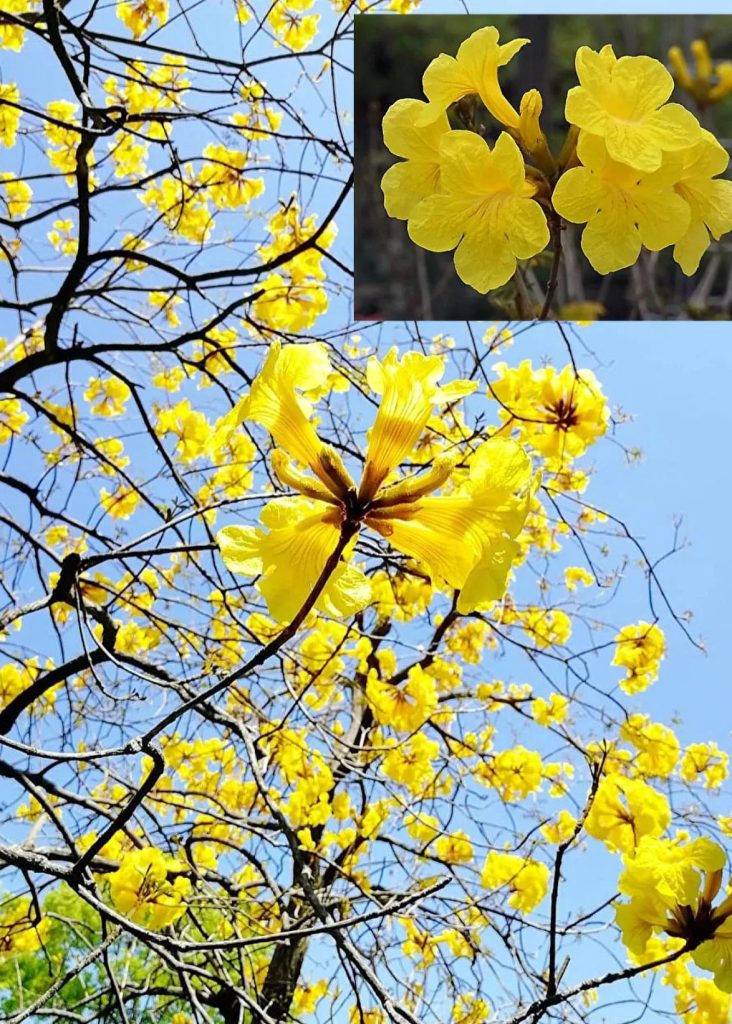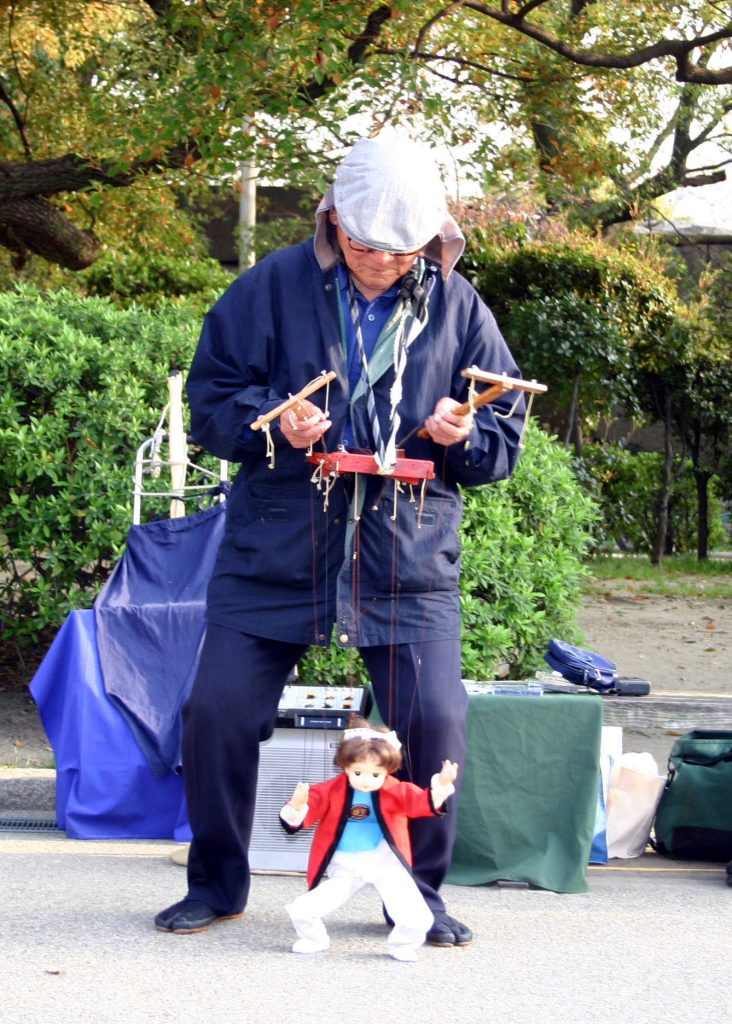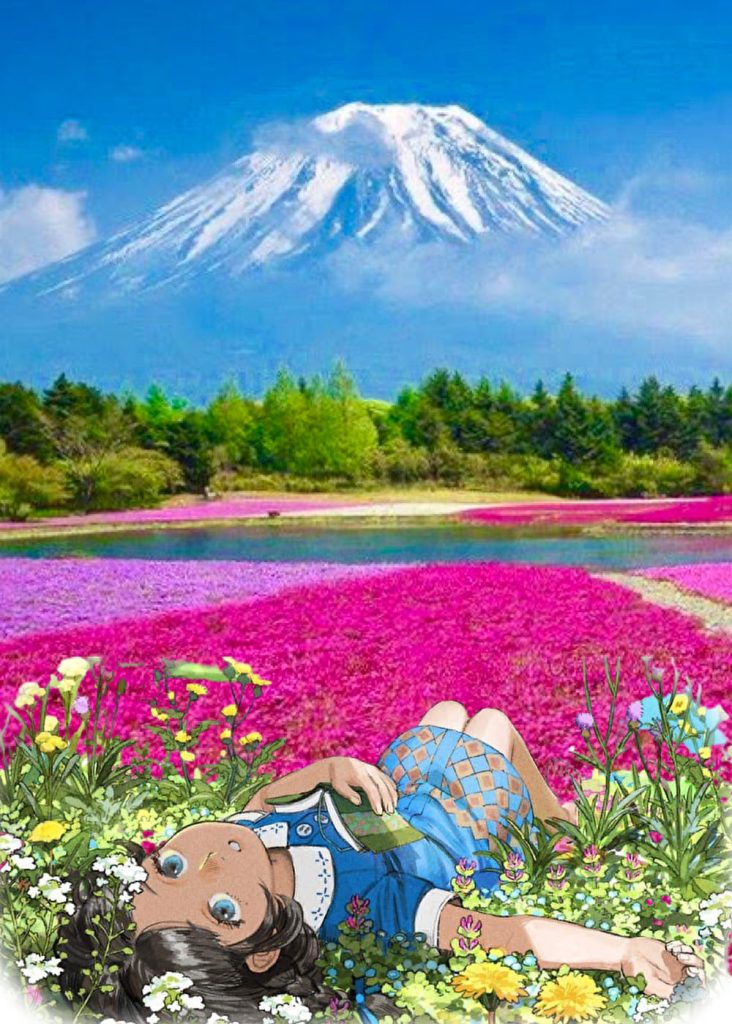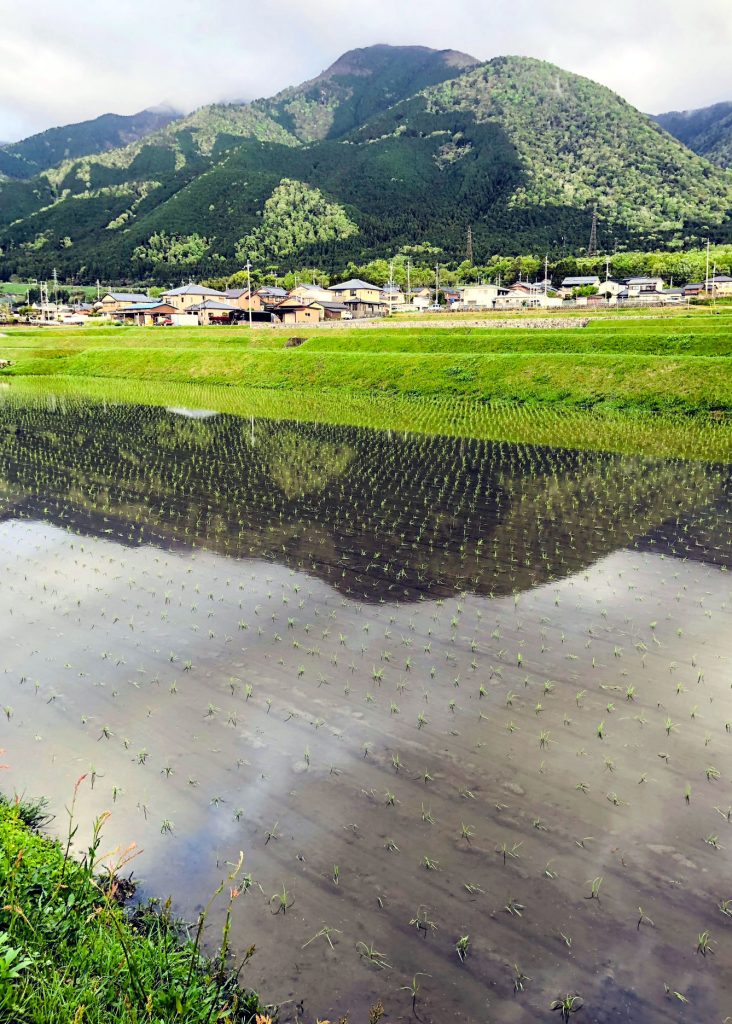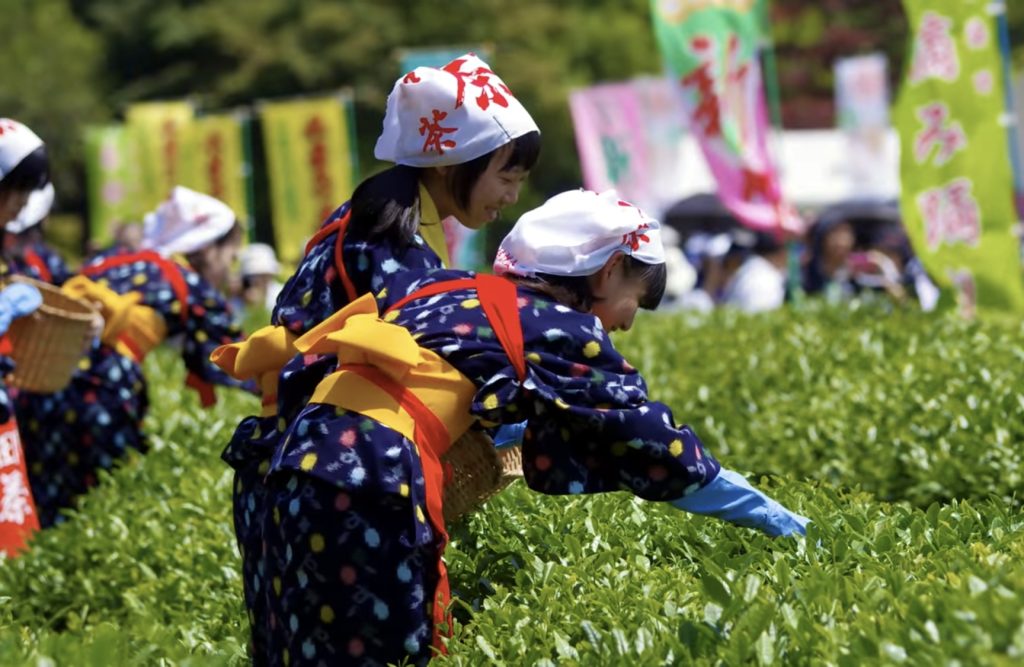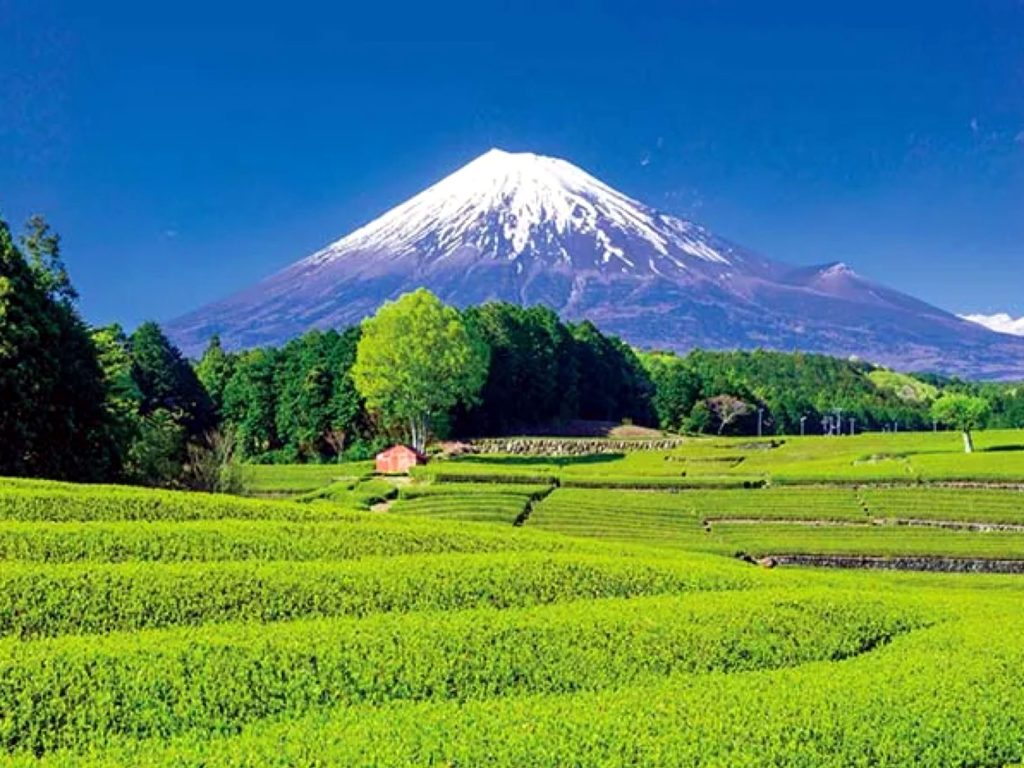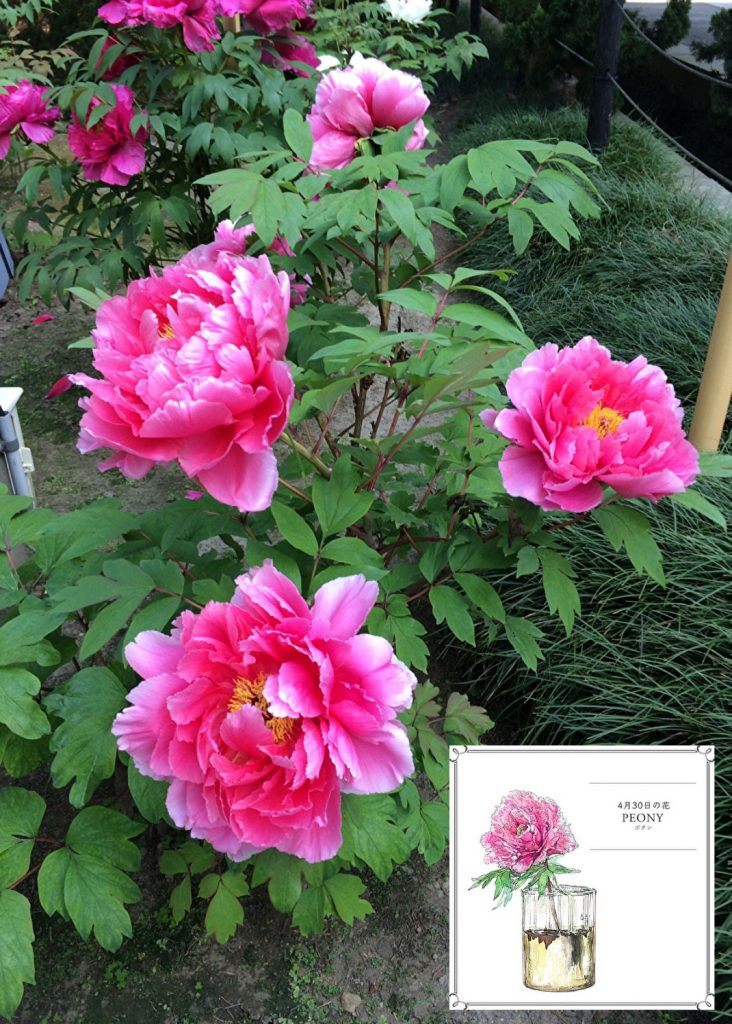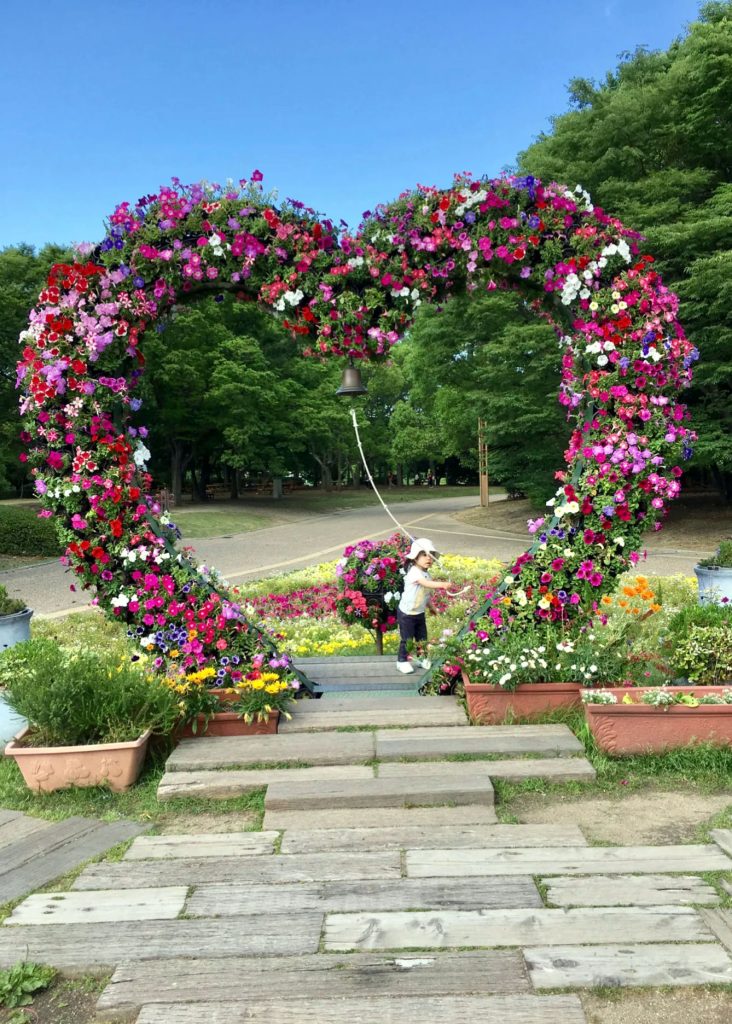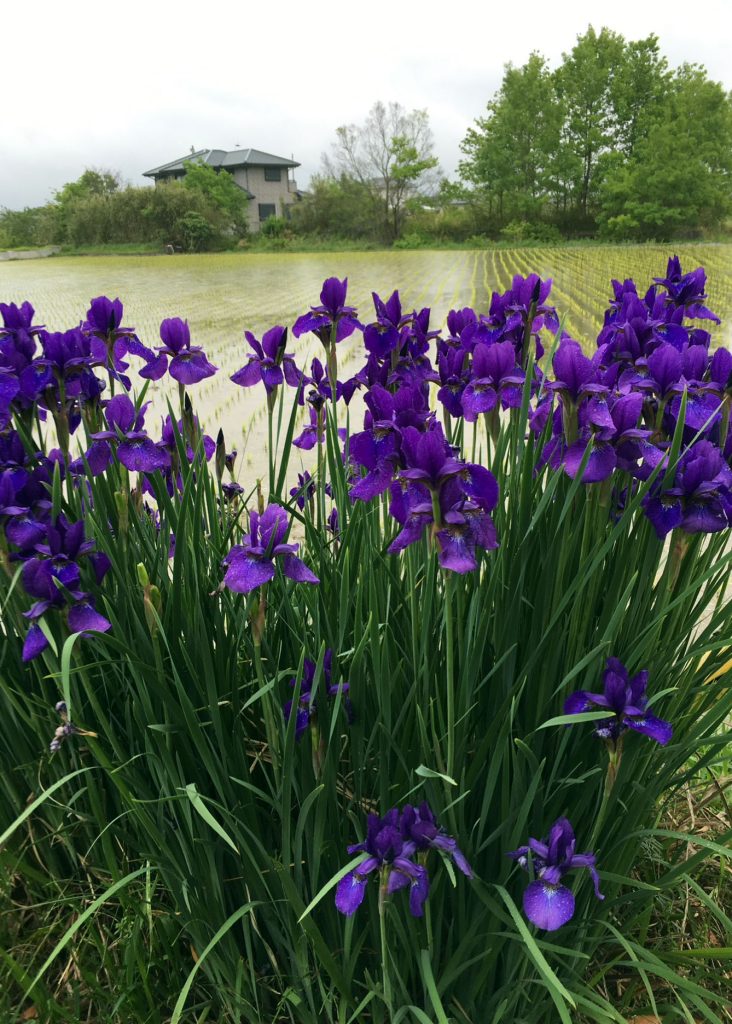
Now that Golden Week has ended, it’s time to get down to work and studies in earnest. The weather has been alternating between sunny and cloudy as we transition into a new season, but it looks like we’ll have a stretch of clear May weather starting this week. In the rice paddies where the planting is finished, the frogs have begun their chorus, and the irises along the rice paddies are in full bloom, creating picturesque scenes for taking a break. On the other hand, in Noto, Ishikawa Prefecture, there have been continuous earthquakes, leaving no time to enjoy the sunny weather. My heartfelt condolences go out to them. Since the beginning of the year, we have gradually seen an easing of the pandemic, and it has passed without any major incidents, but we don’t know what will happen in the future. This is a country where earthquakes, floods, and typhoons occur. It is important to prepare for any disaster that may occur, anticipating what might happen and being prepared for that day.
ゴールデンウィークも終え、仕事に勉学にいよいよ本格始動です。季節の変わり目で晴れたり曇ったりのお天気が続いていますが、今週辺りから五月晴れの日が続きそうです。田植えを終えた田んぼでもカエルの大合唱が始まり、畔の杜若が咲き揃い、一服の絵になる光景が広がっています。一方、石川県の能登では地震の連続で、五月晴れを楽しんでいる暇もない事でしょう。心からお見舞いの言葉を送ります。年明けからは、コロナ禍も徐々に収まる傾向にあり、おおむね大禍なく過ぎてきましたが、この先どんな事が起こるか分かりません。地震あり、水害あり、台風ありの国です。またどんな災害が起こるか、起こると考えてその日に備える準備はしておきたいものです。

